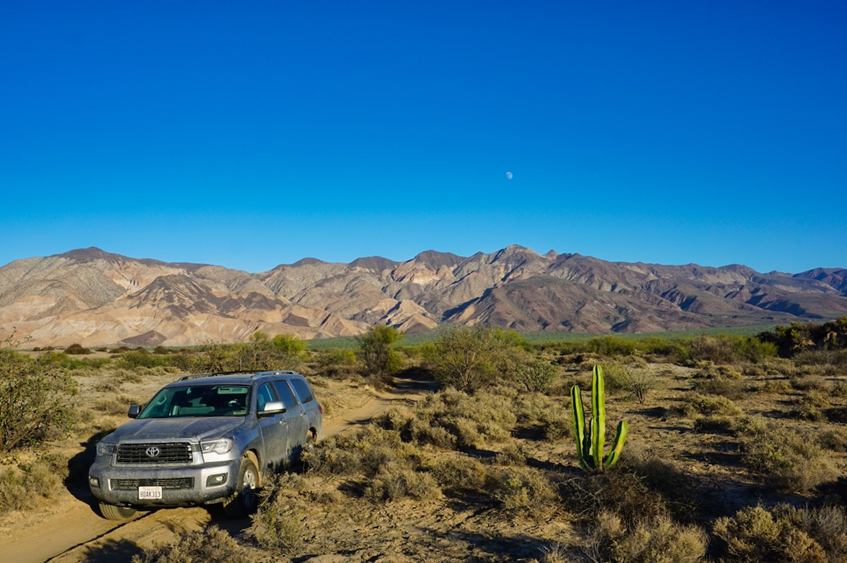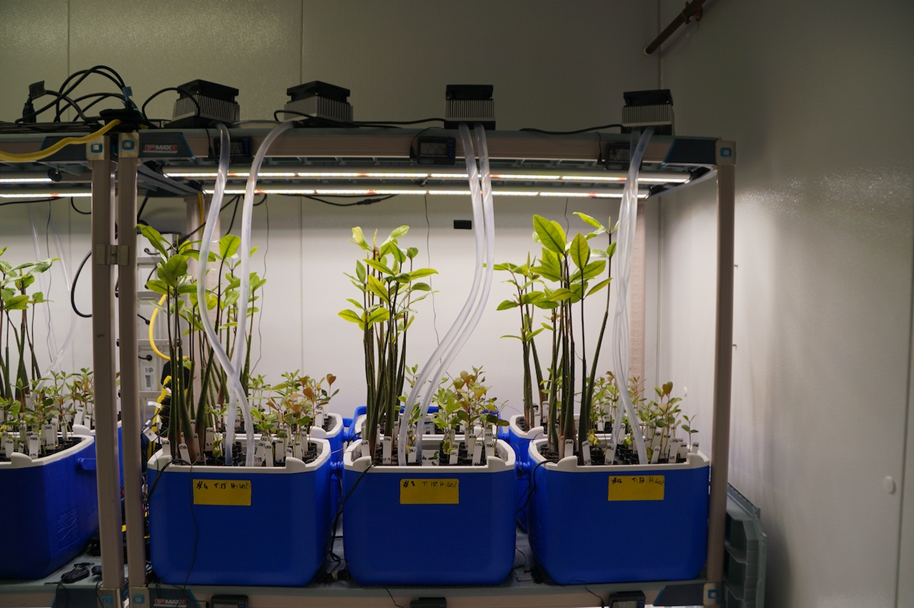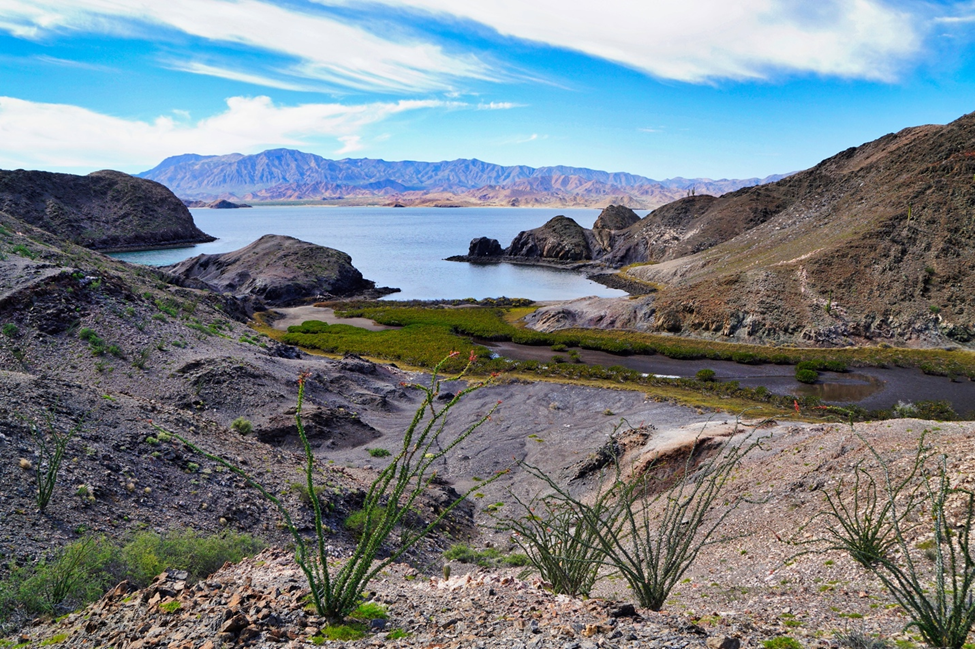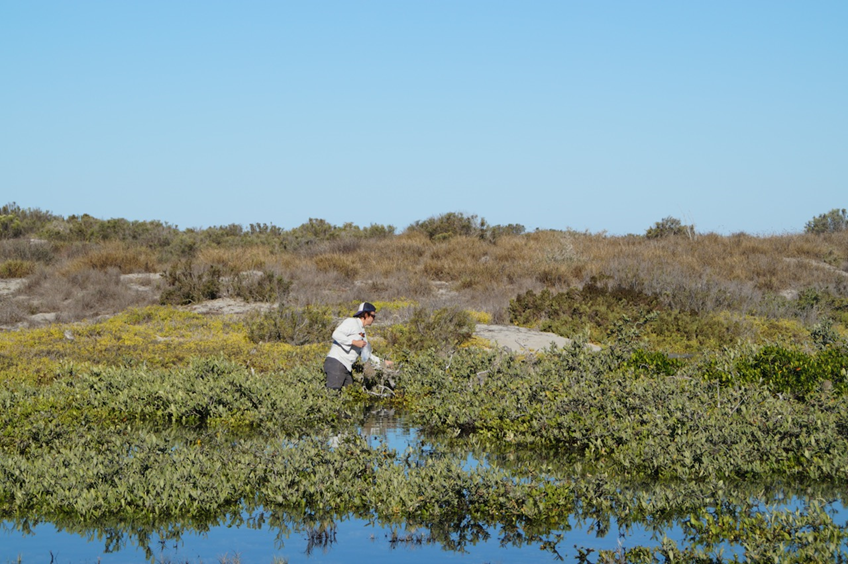Rémi Bardou discusses his article: ‘Effects of cold water and aridity on Baja California mangrove survival and ecophysiological traits.’

Introduction
Mangroves are extraordinary trees, prospering at the intersection of land and sea. These trees are pivotal in coastal ecosystems, supporting marine life and biodiversity. They also serve as natural barriers, safeguarding shorelines from erosion and contributing significantly to carbon storage. Typically found in tropical and subtropical climates, the distribution of mangroves is largely dictated by environmental factors, such as temperature and salinity.
Globally, mangroves are known to be expanding into salt marshes in many subtropical ecotones as a response to warmer winter temperatures. However, the situation in Baja California, Mexico, presents a unique and intriguing case. Unlike other regions, there has been no observed poleward expansion of mangroves in this area. This distinct scenario in Baja California provides a fascinating opportunity for study, allowing us to delve into the specific environmental and biological factors influencing mangrove distribution in a non-typical setting.
In the arid environment of Baja California and under warm air but cool water temperatures, the presence of mangroves poses an intriguing question. Our research explores the unique adaptations of mangrove species in this atypical setting, shedding light on their survival strategies in conditions far removed from their usual tropical habitats.
The Study
Focusing on the three mangrove species found in Baja California – red mangroves (Rhizophora mangle), white mangroves (Laguncularia racemosa), and black mangroves (Avicennia germinans) – we conducted controlled experiments to examine their responses to cold water and aridity. Interestingly, in Baja California, red and white mangroves extend further poleward than black mangroves, a species usually considered more stress tolerant. Our goal was to grow all three species under controlled environmental conditions and determine their respective responses to the combination of cold water and aridity.

Findings

Our results showed that black mangroves, often seen as the toughest species at other mangrove range limits, exhibited a surprising intolerance to cold water and aridity. Contrastingly, both red and white mangroves showed resilience in these conditions, especially at higher humidity levels. We also observed that white mangroves had the lowest leaf stomatal conductance under these stresses, suggesting an enhanced ability to conserve water. The interplay of cold water and arid conditions emerges as a crucial factor in our study, suggesting that these elements, rather than solely water temperature, significantly influence mangrove survival and distribution.
Implications
This study is a step forward in understanding how environmental factors influence mangrove distribution. It underscores the importance of considering local environmental factors and species-specific traits in ecological studies. Our findings not only offer new insights into mangrove adaptability but also highlight the potential impacts of climate change on these critical ecosystems. Mangroves are vital for our coasts. Understanding their survival mechanisms helps us protect these essential ecosystems. Understanding the survival strategies of mangroves in Baja California provides valuable lessons for conservation efforts worldwide. As key coastal ecosystems, ensuring their survival is crucial for maintaining the balance of our delicate coastal ecosystems, especially under a rapidly changing climate.


